Gallery
Photos from events, contest for the best costume, videos from master classes.
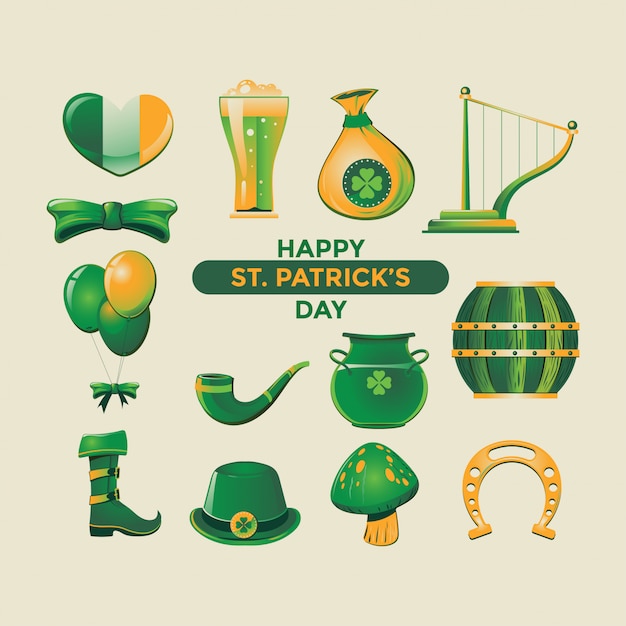 |  |
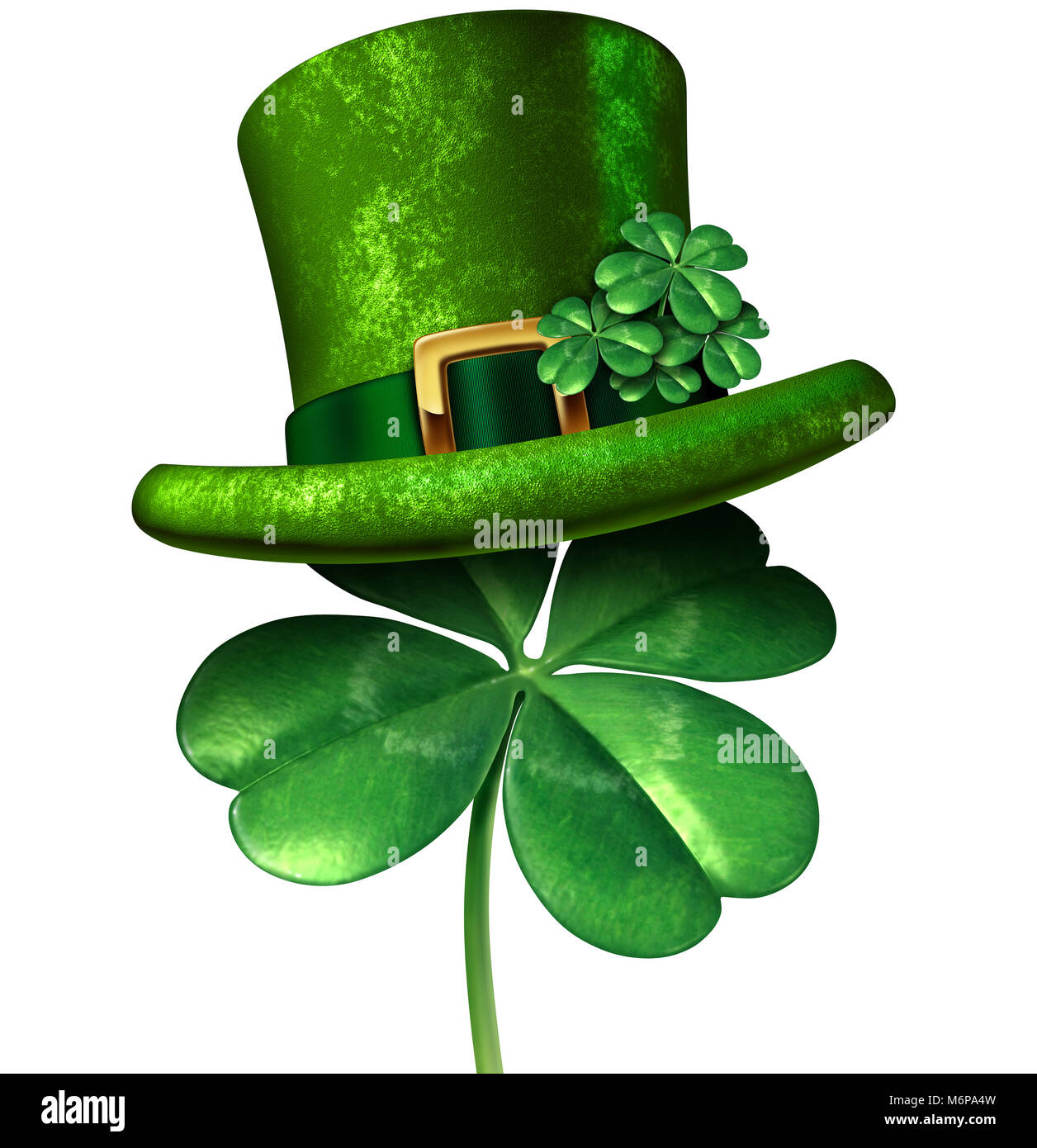 | |
 | 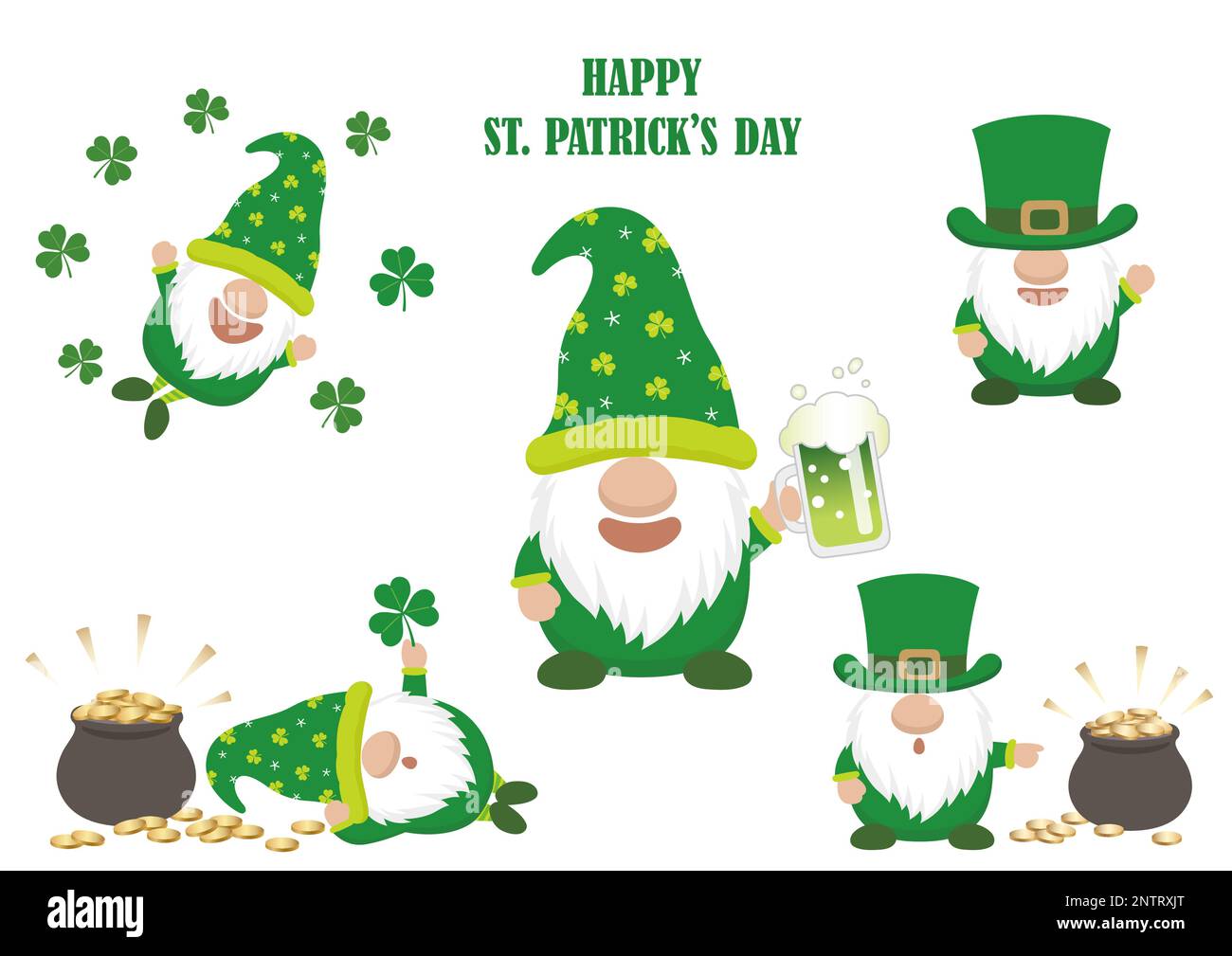 |
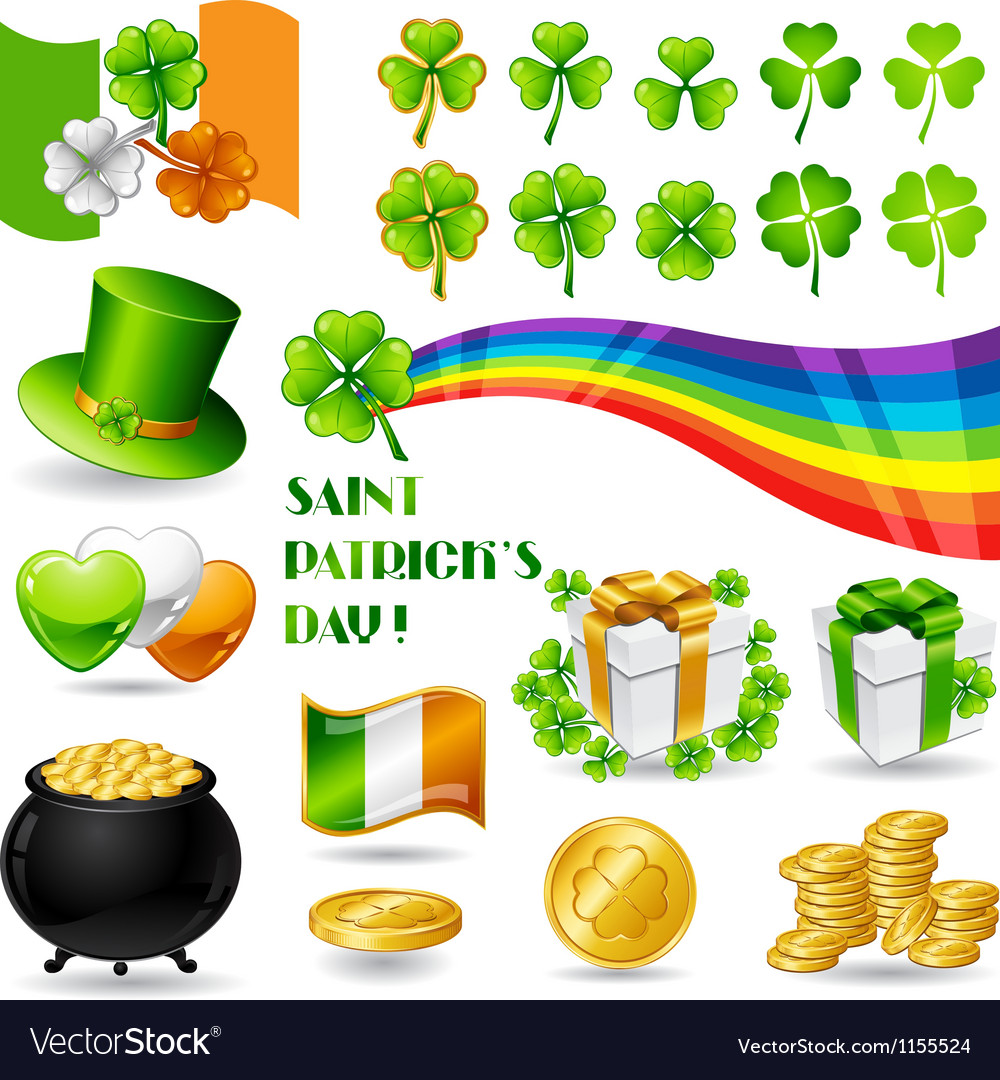 |  |
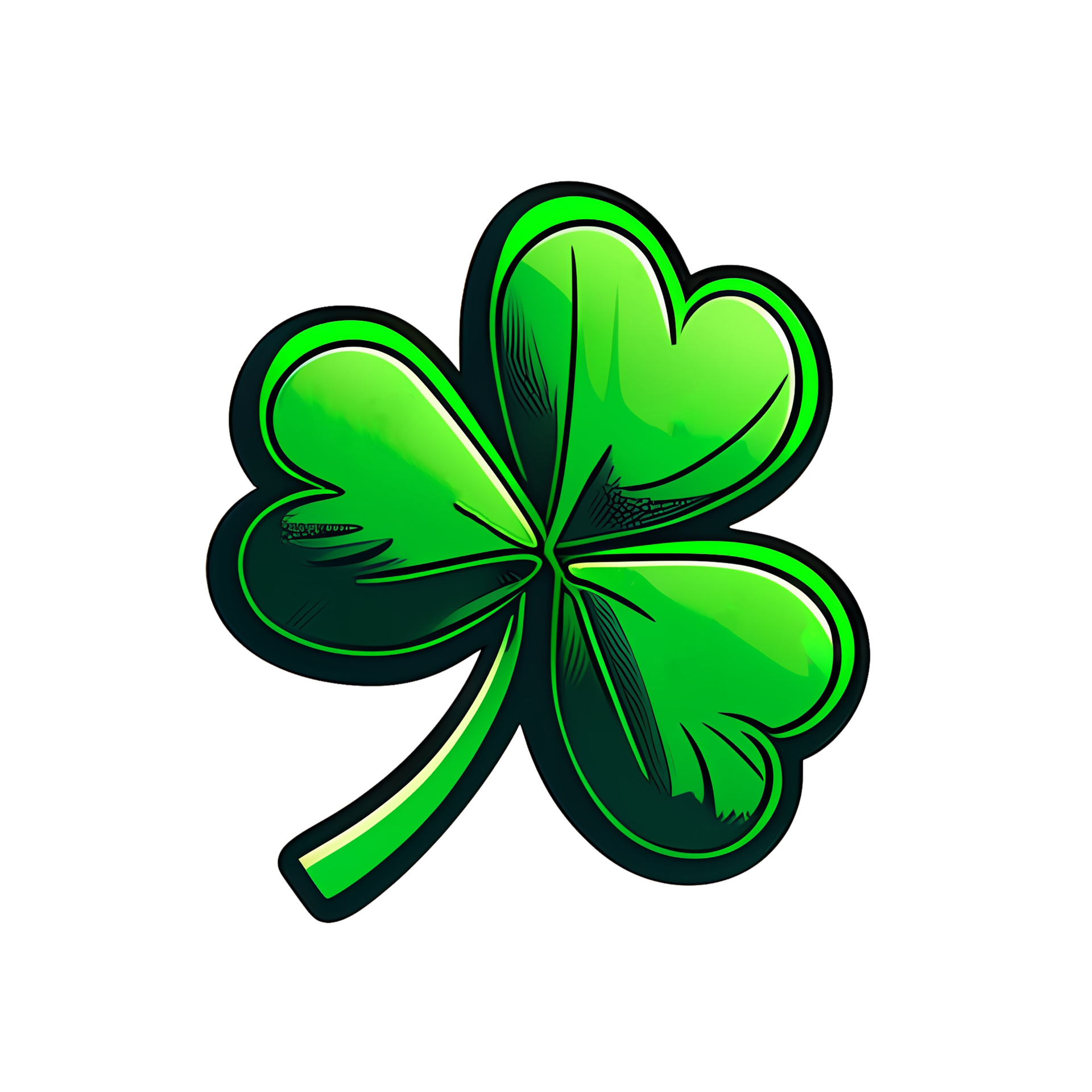 |  |
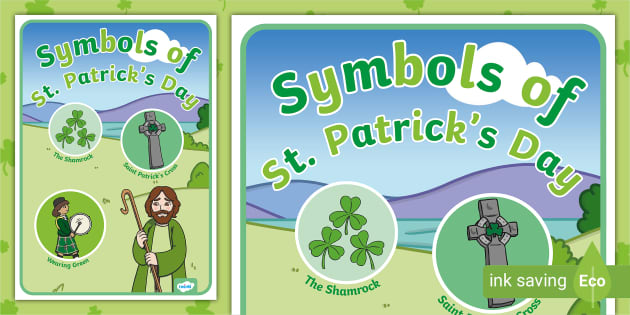 |  |
Groundhog Day is behind us. Easter is around the corner. And in the middle is a holiday associated with merry drinking and a centuries-old religious figure: St. Patrick's Day. Monday, March 17, is St. Patrick’s Day: History, Traditions & Fun Facts St. Patrick’s Day is one of the most widely celebrated cultural and religious holidays around the world. What started as a solemn feast day in honor of Ireland’s patron saint has transformed into a global festival filled with parades, music, dancing, and a whole lot of green. As we celebrate St. Patrick’s Day, let us carry these symbols with us, not just as decorations but as a tribute to the resilience, faith, and joy of Irish culture. To learn even more about St. Patrick’s Day Ireland, and Irish traditions, you can consult our blog posts St. Patrick’s Day 101: a Brief Primer and 17 Things You Didn’t Know The Symbols of St. Patrick’s Day: A Spiritual Reflection. Several symbols associated with St. Patrick’s Day carry deep spiritual significance. While they are often viewed in a secular light today, their origins are rooted in faith and Christian teachings. The Shamrock: A Symbol of the Holy Trinity. The most iconic symbol of St. Patrick’s The meaning behind popular St. Patrick’s Day symbols. St. Patrick’s Day is a holiday that is quite rich in traditional symbolism. Even though many of these symbols are familiar and even celebrated, people may not know the full meaning behind their usage. #StPatricksDay. The meaning behind popular St. Patrick’s Day symbols Celebrated annually on March 17, St. Patrick’s Day is a holiday known for parades, shamrocks and all things Irish. From leprechauns to the color green, find out how symbols we now associate with St. Patrick’s Day isn’t just about parades and green beer—it’s a celebration of Ireland’s heritage. St Patrick’s Day symbols carry deep history and meaning, from shamrocks to Celtic crosses, uniting people in the spirit of Irish tradition. So, as March 17th approaches, embrace the spirit of St. Patrick’s Day! The 9 Enchanting Legends of Saint Patrick’s Day: Saint Patrick: Apostle of Ireland. The story of Saint Patrick begins with his mission to bring Christianity to the Irish people. Utilizing the shamrock to explain the Holy Trinity, Saint Patrick left a lasting spiritual legacy, symbolizing his teachings’ growth and proliferation across Ireland. Vintage shamrock-themed St. Patrick’s Day postcards (via The Graphics Fairy) One of the most prominent St. Patrick’s Day symbols is the shamrock, which ties back to the holiday’s religious roots. As the legend goes, when St. Patrick arrived in Ireland he used the shamrock to visually explain Christianity’s Holy Trinity. When most people think of St. Patrick’s Day, images of green-clad revelers, shamrocks, and overflowing pints come to mind. But behind the festive parades and the leprechaun lore lies a complex, ancient tapestry of pagan traditions, mystical symbols, and a clash of spiritual worlds. St. Patrick’s Day isn’t just a celebr By understanding St Patrick’s Day spiritual meaning, Christian roots and embracing its symbols, such as the Irish flag and shamrock, we can celebrate this holiday in a way that honors both tradition and belief. Explore the spiritual side of St. Patrick’s Day by incorporating symbols of faith into your celebrations. Vintage shamrock-themed St. Patrick’s Day postcards (via The Graphics Fairy) One of the most prominent St. Patrick’s Day symbols is the shamrock, which ties back to the holiday’s religious roots. As the legend goes, when St. Patrick arrived in Ireland he used the shamrock to visually explain Christianity’s Holy Trinity. Why is the shamrock a symbol of St. Patrick's Day? Legend has it that Saint Patrick used a three-leaved shamrock to explain the concept of Christianity's Holy Trinity to the people of Ireland St. Patrick's Day's spiritual meaning is rooted in Christianity. At its core, St. Patrick's Day is a religious holiday celebrated by Catholic, Lutheran, Anglican, and Eastern Orthodox Christians.. The man who inspired the holiday, Saint Patrick, is best known for bringing Christianity to Ireland in the 5th century. are all symbols of St. Patrick’s Day, which is celebrated on March 17th. The shamrock is the common name for several different kinds of clovers native to Ireland. Legend tells us that when St. Patrick was converting pagans into Christians during the 5th Century A.D., Nevertheless, Patrick’s Day parades around the world honor the patron saint of Ireland and celebrate the country’s rich culture and history. So whether you’re in Dublin or Dallas, let’s raise a pint to Saint Patrick and enjoy the universal symbols of this beloved holiday, from Shamrocks to leprechauns. A Quick Backstory On March 17, the world celebrates St. Patrick's Day with parades, the color green and shamrock symbols everywhere. Though Cronin says the way we regard the shamrock as a symbol of St. Patrick The last of the St. Patrick’s Day symbols we’re going to go over is the harp. In addition to being a symbol of St. Patrick’s Day, the harp is also a symbol of Ireland. As St. Patrick’s Day is a celebration of the Irish, it makes sense that their national symbol would also be a St. Patrick’s Day symbol. St. Patrick’s Day is a cultural and religious holiday celebrated on March 17th, marking the death date of St. Patrick, the foremost patron saint of Ireland. The shamrock is a central symbol St. Patrick's Day's spiritual meaning is rooted in Christianity. At its core, St. Patrick's Day is a religious holiday celebrated by Catholic, Lutheran, Anglican, and Eastern Orthodox Christians.. The man who inspired the holiday, Saint Patrick, is best known for bringing Christianity to Ireland in the 5th century.
Articles and news, personal stories, interviews with experts.
Photos from events, contest for the best costume, videos from master classes.
 |  |
 | |
 |  |
 |  |
 |  |
 |  |